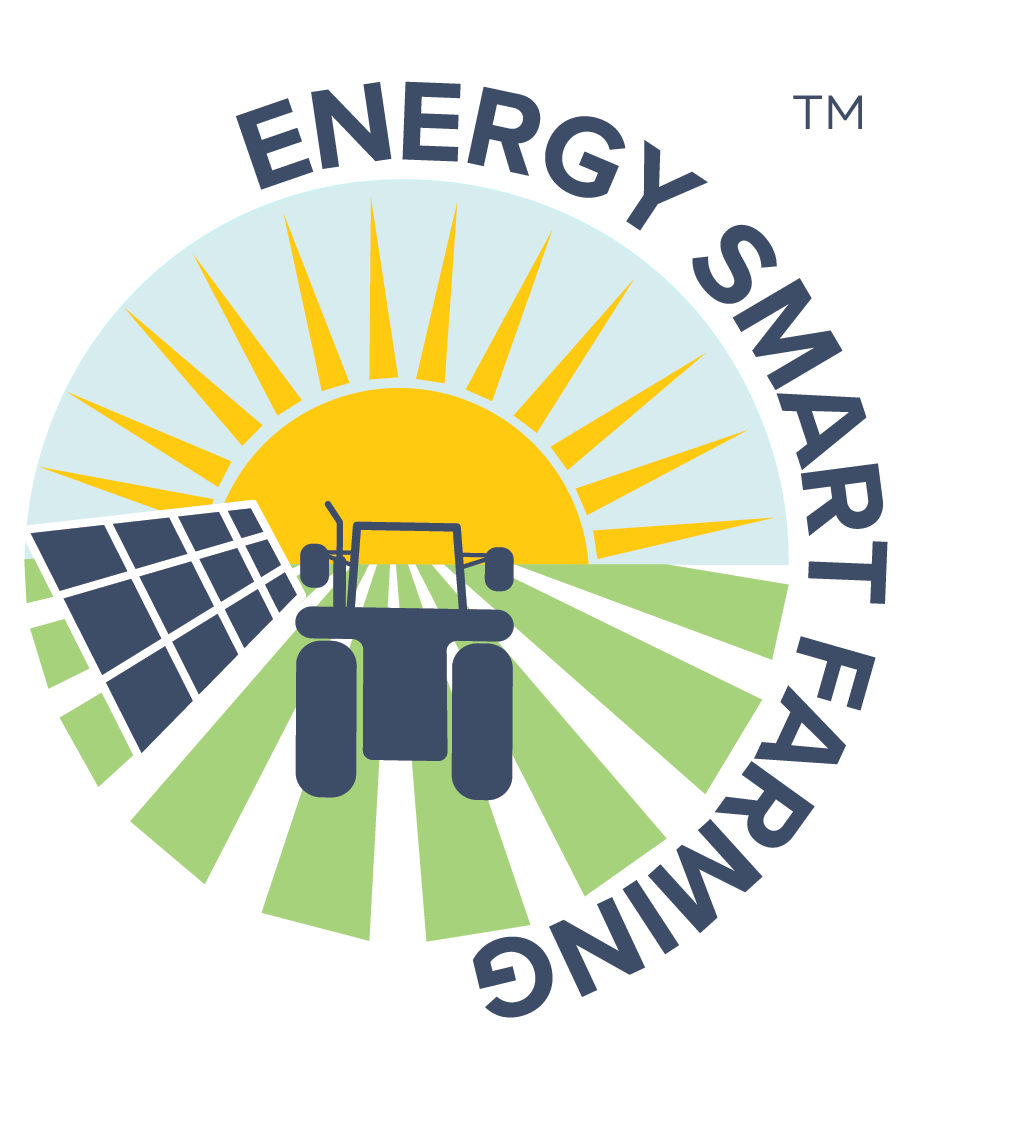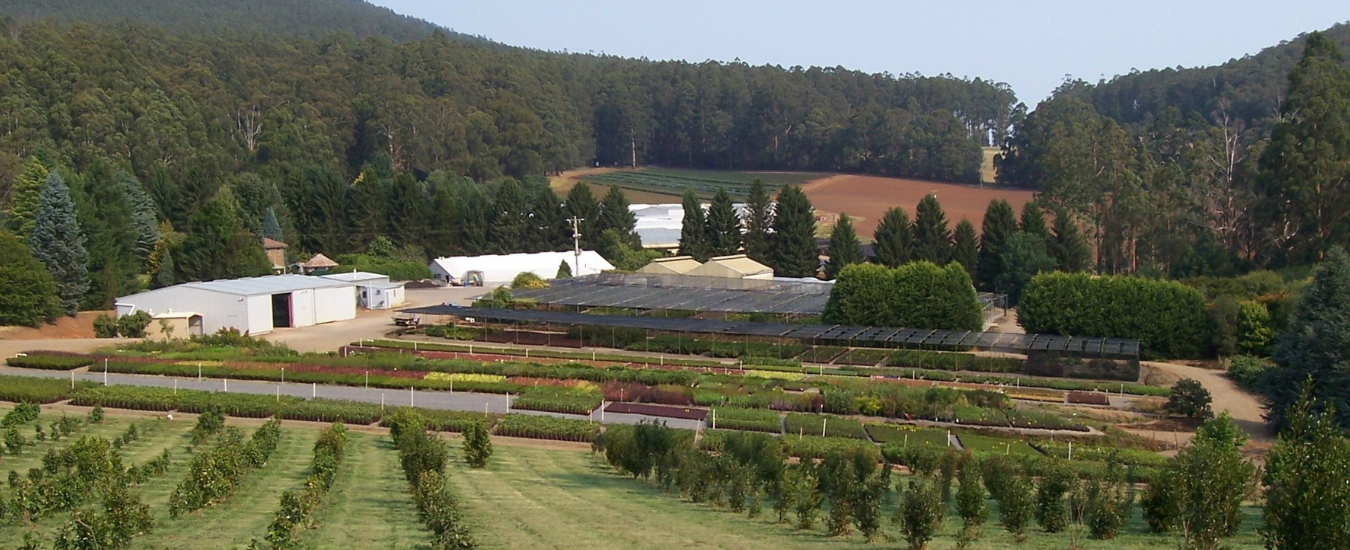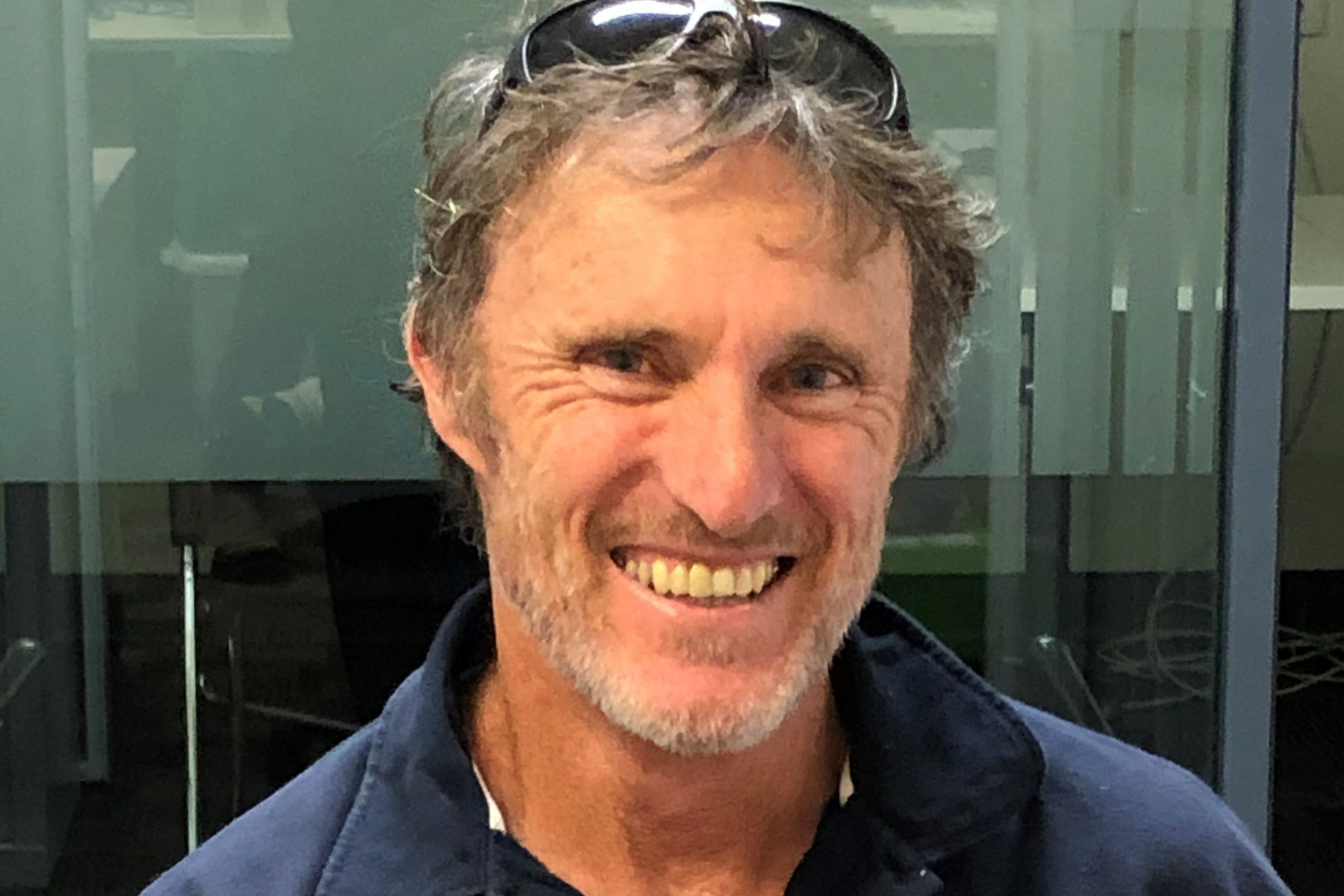Daryl Pulford and Paul Van De Ven aimed to make the Toolangi Nursery business more sustainable – involvement with the Victorian Government’s Agriculture Energy Investment Plan (AEIP) has delivered that goal and more. Toolangi Wholesale Nurseries is a family-owned business supplying potted plants to nurseries and retailers across the east coast. The business operates over 60 hectares in the Yarra Valley and specialises in rhododendron, camellia, maple, pieris, magnolia, viburnum, cornus, berry plants and phormium, among others. Plants are propagated onsite from mother stock and grown to various sizes depending on customer requirements. Toolangi Nursery had a free AEIP on-farm energy assessment in 2020 and with AEIP grant assistance implemented a number of energy efficiency initiatives, including solar Photovoltaic (PV) panels, upgrading igloo insulation in the greenhouse, and adding a variable speed drive on the irrigation pump.
The opportunity
Toolangi Nursery uses two power sources, electricity and diesel – and has no access to natural gas. “Integrating energy efficiency into our business is part of good farm management. We saw a need to reduce our use of electricity and fossil fuel as part of our plans to make the growing of our plants more environmentally friendly, sustainable and efficient. Also, our industry is highly competitive and we are facing higher costs – over the last three years, the electricity prices we pay have increased by nearly 50% and the price we pay for diesel doubled.” – Daryl Pulford. The igloo greenhouse has a concrete slab floor that is fully heated from hot water provided by the diesel boiler. Heating for the propagation glasshouse is also provided by the boiler and electric heat pads. As the nursery is in a cold climate area, heating is required for extended periods. The boiler heating system runs 24/7 in winter – meaning constant observation and labour is needed to regularly fill the diesel tanks for the boiler. At the time of the assessment, diesel consumption for the nursery heating system made up around 70 per cent of the farm’s total energy consumption. Toolangi Nursery was interested in improving the insulation of their igloo greenhouse. Better insulation would see the igloo stay cooler in summer and retain more heat from the heated slab in winter. Installing solar panels was also seen as an opportunity to reduce costs, including for heating the glasshouse. Daryl said “it makes significant economic sense to invest in a solar system to supplement our electricity supply. This would lead to much reduced costs and a reduction of greenhouse gas emissions. Our main benefit would occur in reducing the costs of heating our glasshouse.” Irrigation was the second highest consumption at around 20 per cent of the farm’s energy use. Electricity provides power for the dam and bore pumps, used for irrigating operations. The dam has a single speed 15kW pump that lifts water from the lower dam to the top of the nursery hill. From there the water serves sections of overhead sprinklers via gravity pressure. For operational reasons, irrigation is primarily done at night. The pump was running at full power and full speed (for about eight hours each night) – with excess irrigation water returning back to the dam. The energy assessment identified a number of opportunities for greater efficiency and reducing electricity and diesel use. These included improving the insulation of their existing single-skinned poly greenhouse, installing solar PV panels and reducing energy use for irrigation.
The technology
A simple but cost-effective wrap method was used to improve insulation (decrease thermal losses) in the greenhouse. A double layer inflated poly material was installed, which essentially performs as a ‘double-glazed window’ for the greenhouse. Toolangi Nursery installed a 15kW solar PV system as the optimal solar size (as recommended in the energy assessment) for their operation. The existing pump motor (no variable speed drive (VSD)) was running at a constant speed, with no ability to change the flow rates (and pressure) to match with the irrigation system and demand. A VSD was installed on the dam pump and “mated” to the irrigation system. A VSD adjusts the speed of the pump motor to meet the demand on the irrigation system, resulting in reduced power usage and lower running costs, with less wear and maintenance on the motor and pump
The outcome
Onsite use of the solar PV generation is helping offset the impact of rising electricity prices. The solar power is being well utilised across the year, and in the coldest months when our daytime electricity consumption ramps up (given electric heating in the glasshouse) – we are using close to all our solar generation onsite. Given increases in grid electricity prices, the dollar savings for the solar panels are even better than first anticipated.” – Daryl Pulford The double-skinned igloo has delivered significant savings in diesel use, alongside other benefits. A double layer inflated poly material was installed, which essentially performs as a ‘double-glazed window’ for the greenhouse.
Daryl said that “this insulated double skinned structure is providing a much better insulated barrier to protect the tube stocks The stronger construction has also helped to prevent damage in times of snow falls. It has reduced heat loss in winter and significantly reduced the amount of diesel needed to heat the igloo, consequently lowering related CO2 emissions. Normally the nursery’s boiler is turned on in early March, but start up this year was delayed by six weeks because the double insulated igloo is retaining heat far more efficiently. When it is turned on, the diesel boiler doesn’t have to be worked so hard to maintain optimal temperatures.” Daryl also noticed there are much more stable temperatures inside the igloo – with less variance between day and night temperatures. This means more consistent plant throughput and quicker growing and hardening of plants, thus improving productive capacity. The VSD has delivered good electricity savings. “The VSD is showing great efficiency and on average across the whole irrigation spectrum, I estimate the pump is now using around 70 % of the power used previously. Very good cost savings!” An additional benefit of the VSD is that it provides fault finding information on the screen. Daryl says that “when problems with our irrigation system occur, the screen of the VSD tells us what the problem is rather than the exhaustive fault-finding mission previously required. This is a great bonus.”
Table 1: Investment costs and benefits of new energy saving technologies
| Technology | Investment Cost | Benefits | Modelled annual benefits | Payback (discounted) |
|---|---|---|---|---|
| 15kW solar PV | $15,500 | Electricity | $5000 | 3.4 years |
| Igloo insulation | $16,000 | Diesel | $5,900 | 2.9 years |
| Variable speed drive on irrigation pump | $6,500 | Electricity | $1400 | 5.5 years |
The last word
Daryl says “these options were a ‘smart choice’ for us. Our realised benefits have been even better than expected and well worth the capital outlay. The technology has delivered big energy benefits, particularly when added to our labour savings, increased output and improved quality of our plants. With our business continuing to grow year-on-year – lower fossil fuel energy use is good for us and builds resilience to rising energy prices – and its good for the environment.” “Loss of electricity for extended periods is a big risk for our business, as has happened previously during storms and bushfire events. Inadequate heating and a lack of watering can also result in large crop losses. While we have a diesel generator which meets some (not all) of our electricity needs during power outages – the new technology we installed is helping to mitigate these risks. Solar now provides onsite generation, the double skinned igloo retains heat for longer (and stays cooler in summer), and the more efficient VSD pump drive means the generator is capable of operating the irrigation system if needed during an emergency.”
Download a copy of this case study – Nursery a wrap for igloo insulation.pdf



